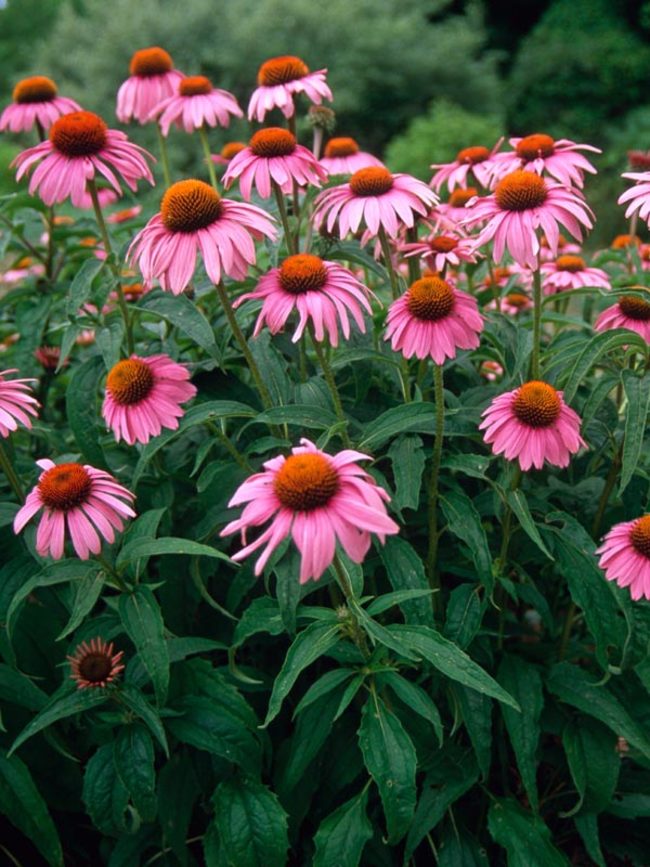The Ultimate Guide To English Lavender Companion Plants
The Ultimate Guide to English Lavender Companion Plants
Lavender is a beautiful and versatile plant that can be used in a variety of ways. It can be grown in the garden, in pots, or even as a cut flower. Lavender is also known for its calming and relaxing properties, making it a popular choice for essential oils and aromatherapy.
When choosing companion plants for lavender, it is important to consider the plant's needs. Lavender prefers full sun and well-draining soil. It is also drought-tolerant, so it does not need a lot of water.
Some of the best companion plants for lavender include:
- Echinacea. Echinacea and lavender make a great pairing, and not just because they look stunning next to each other. Echinacea is also a drought-tolerant plant that prefers full sun. The two plants have similar pest and disease resistance, so they can help protect each other.

- Roses. Lavender and roses are a classic, pretty pairing. Roses do well in most conditions, depending on the variety you choose. They thrive in loamy, well-draining soil. Leave a good amount of space between the two plants though, as roses are a bit thirstier than lavender, needing water at least twice a week.
- Yarrow. Yarrow is a hardy perennial that is drought-tolerant and prefers full sun. It has attractive, daisy-like flowers that bloom from late spring to early summer. Yarrow is also a good choice for attracting pollinators, such as bees and butterflies.

- Sedum. Sedums are a diverse group of plants that come in a variety of colors, shapes, and sizes. They are all drought-tolerant and prefer full sun. Sedums are a good choice for filling in empty spaces in the garden or for creating a low-maintenance border.

- Alliums. Alliums are a group of plants that includes onions, garlic, and chives. They are all drought-tolerant and prefer full sun. Alliums add a touch of elegance to the garden and can also be used in cooking.

- African Daisy. African daisies are a colorful and cheerful addition to the garden. They are drought-tolerant and prefer full sun. African daisies bloom from late spring to early fall and attract butterflies and bees.
- Zinnia. Zinnias are another colorful and easy-to-grow plant that is a good companion for lavender. They prefer full sun and are drought-tolerant. Zinnias bloom from summer to fall and attract butterflies and bees.

- Gaillardia. Gaillardias are a bright and cheerful flower that is a good companion for lavender. They prefer full sun and are drought-tolerant. Gaillardias bloom from summer to fall and attract butterflies and bees.

In addition to these plants, there are many other that can be grown successfully alongside lavender. When choosing companion plants, it is important to consider the plant's needs and the overall look you want to achieve in your garden.
English lavender is a beautiful and fragrant plant that is often used in gardens. But did you know that there are certain plants that are especially good companions for lavender? These companion plants can help to attract pollinators, deter pests, and improve the overall health of your lavender plants.
If you're looking for more information about English lavender companion plants, I recommend visiting Gardenia Inspiration. This website has a wealth of information on the topic, including a list of the best companion plants for lavender, as well as tips on how to plant and care for them.
Image of english lavender companion plants
5 different images of English lavender companion plants from Pinterest:
- Rosemary: Rosemary is a Mediterranean herb that is closely related to lavender. It also loves full sun and dry conditions, making it a perfect companion plant. Rosemary can help to deter pests, such as cabbage moths, from lavender plants.

- Marigolds: Marigolds are another great companion plant for lavender. They help to repel pests, such as aphids, spider mites, and whiteflies. Marigolds also attract pollinators, such as bees and butterflies, which can help to pollinate lavender flowers.

- Sage: Sage is a hardy herb that can tolerate drought and heat. It is also a good source of nectar for pollinators. Sage can help to deter pests, such as cabbage moths, from lavender plants.

- Chives: Chives are a low-maintenance herb that can be grown in full sun or partial shade. They are a good source of nectar for pollinators and can help to deter pests, such as aphids.

- Catmint: Catmint is a fragrant herb that is also known as catnip. It is a good companion plant for lavender because it attracts pollinators and helps to deter pests. Catmint can also help to suppress weeds.

Post a Comment for "The Ultimate Guide To English Lavender Companion Plants"